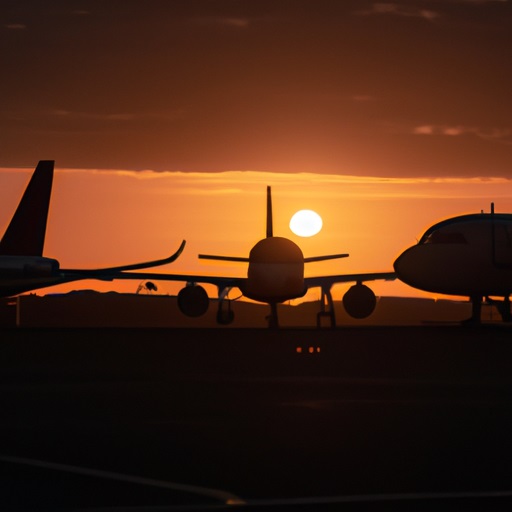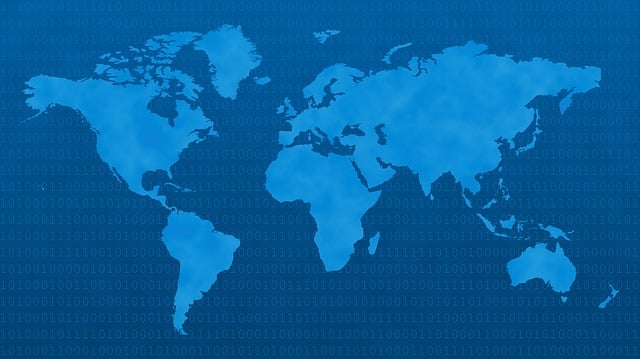
Airline Deregulation and Its Consequences
Since the implementation of the Airline Deregulation Act in 1978 in the United States, the airline industry has undergone significant transformations.
This groundbreaking legislation dramatically changed the landscape of air travel, paving the way for new business models and altering the way passengers experience flying.
This article explores the history of airline deregulation, its consequences on the industry, and how it has shaped the modern air travel experience.
A brief history of airline deregulation
Prior to the 1978 Airline Deregulation Act, the Civil Aeronautics Board (CAB) controlled the U.S. airline industry, setting airfares, approving routes, and regulating service quality.
However, proponents of deregulation argued that government control hindered competition, resulting in high fares and inefficient service.
In response to these concerns, Congress passed the Airline Deregulation Act on October 24, 1978, effectively phasing out the CAB’s authority over the industry. The Act aimed to increase competition among airlines, promoting innovation and efficiency, and ultimately benefiting passengers through lower fares and improved service quality.
A few of the major consequences of airline deregulation are as follows:
Increased competition and market entry
One of the most immediate consequences of deregulation was the surge of new airlines entering the market. Without the barriers previously imposed by the CAB, low-cost carriers (LCCs) such as JetBlue and Spirit Airlines emerged, and Southwest flourished, offering lower fares and simpler fare structures.
This new breed of airlines focused on cost efficiency, often operating a single aircraft type, utilizing secondary airports, and limiting onboard services to reduce operating expenses.
In addition to the LCCs, legacy carriers like American Airlines, Delta, and United Airlines faced increased competition, forcing them to adapt their business models to maintain market share. As a result, these established airlines have had to reevaluate their route networks, pricing strategies, and service offerings to remain competitive.
Lower fares and greater connectivity
As competition increased, the average cost of air travel decreased significantly. As a result of deregulation, average domestic airfares fell by approximately 50% after 1978.
This reduction in fares has made air travel more accessible to a broader range of passengers, leading to increased demand and greater connectivity between cities.
Furthermore, deregulation has facilitated the expansion of route networks, both domestically and internationally. Airlines are now able to operate flights on the routes they choose, without seeking government approval. Consequently, many previously underserved markets have seen increased air service, leading to greater accessibility and economic growth.
Industry consolidation and bankruptcies
Despite the overall positive impact on the industry, deregulation has also led to periods of financial instability and consolidation.
The increased competition, coupled with fluctuations in oil prices, global economic downturns, and external shocks such as the September 11 attacks, have resulted in numerous airline bankruptcies and mergers.
Major airline mergers included the merger of Delta and Northwest Airlines in 2008, United and Continental Airlines in 2010, and American Airlines and US Airways in 2013.
As a result, the industry has experienced increased concentration, with the top four U.S. airlines now controlling almost 70% of the domestic market share.
The emergence of ancillary revenue
In response to the financial pressures of deregulation, airlines have increasingly turned to ancillary revenue as a means to supplement their income.
Ancillary revenue refers to non-ticket income sources, such as baggage fees, onboard food and beverage sales, and seat selection charges.
The unbundling of services has allowed airlines to offer lower base fares while giving passengers the option to customize their travel experience.
Although initially pioneered by low-cost carriers, the practice has also been adopted by legacy airlines, contributing to a significant portion of their overall revenue.
Enhanced customer experience and technology
The deregulation of the air transportation industry has also led to advancements in customer experience and the adoption of new technologies.
Airlines now compete not only on price but also on service quality, incentivizing them to invest in innovative solutions to enhance the passenger experience.
Some examples of these improvements include the introduction of in-flight entertainment systems, Wi-Fi connectivity, and improved seating options.
Furthermore, airlines have embraced digital technology to streamline the booking process, implement mobile boarding passes, and offer personalized services to frequent flyers through loyalty programs.
Environmental impact and sustainability
However, the increased demand for air travel resulting from deregulation has also led to concerns about the industry’s environmental impact.
Increased flight frequency and the proliferation of short-haul routes have contributed to higher greenhouse gas emissions and noise pollution levels.
Airlines, industry stakeholders, and regulators have been working together to develop and implement sustainable practices in response to these concerns.
These initiatives include investing in more fuel-efficient aircraft, implementing carbon offset programs, and researching alternative fuels, such as biofuels and hydrogen.
Conclusion
The deregulation of the air transportation industry has had far-reaching consequences, transforming the landscape of air travel in various ways. Passengers have benefited from lower fares, increased route networks, and enhanced customer experience, while airlines have adapted their business models and embraced new technologies to remain competitive.
However, the industry has also faced challenges, such as financial instability, consolidation, and environmental concerns.
As the air transportation sector continues to evolve, it will be essential for airlines, regulators, and other stakeholders to work collaboratively to address these challenges and ensure the industry’s long-term sustainability and growth.





